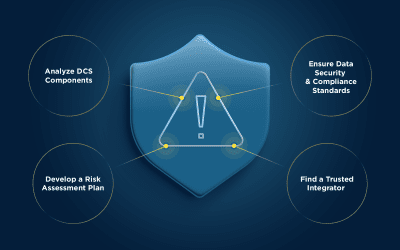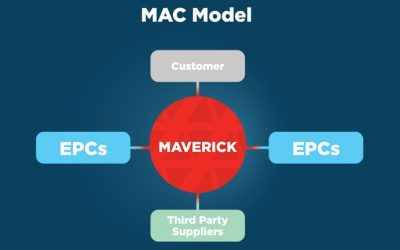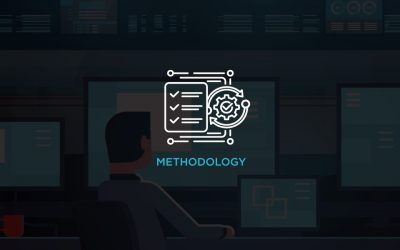MES – Seeing the Big Picture by Looking Small
I’ve said this before- any system, be it MES or MOM or even ERP, if it’s going to be considered successful it has to meet the needs of the organization. It has to actually bring value to the company and do something that the company needs doing and is valuable to the company.
Certainly, that’s a lot easier said than done. For MES, it’s even more difficult because there’s really no clear definition of MES and exactly what MES is supposed to do. Of course, that can be a good thing in that MES can actually do a lot of things and can address a lot of different problems.
But, as you may suspect, that can be a problem as well. Lots of MES systems are pretty big and have been designed to do lots and lots of things. That’s all good and that means that MES can bring value to the company.
And to make MES successful, it means you have to look at the big picture and see what’s important to the organization and then make sure that the MES system meets the needs of the organization. But, again, easier said than done. Especially since MES can do all sorts of different things. If you don’t watch out, you’ll get lost in the forest and won’t get much of anything done because you’re trying to do everything all at once.
So, to see the big picture, take the opposite approach. Look small. Don’t try to do everything. Find just a couple of small things that you can focus on that can have a big impact. Find something small that you can be successful with and start there. Let’s look at a couple of idea.
Productivity is one of the KPIs that everyone looks at. People spend lots and lots of money trying to improve productivity. It’s definitely one of those things that’s easy to get lost in because it’s so big. So, look small.
Consider OEE. OEE is overall equipment effectiveness. It’s a simple metric that measures productivity by looking at availability, performance, and quality. It’s used to simply measure these three values and give you a basic metric on how well you’re running and how productive you are.
It’s not complicated and you can start as small as you need to. A single line is a good place to start. But, look at how important and powerful it can be. It feeds into the whole idea of continuous improvement and is a key underlying metric for productivity. And, it’s simple and small, and a great place to start. Thinking big and looking small.
And, if you want another small area to focus on, take a look at yields. Yields are also pretty simple and you can start small. At the simplest, it’s just materials in and materials out and the losses in between. And, again, you can start on just one line or on just one piece of equipment.
But, think about how important yields can be. For most companies, even a few percentage point improvements in yields can mean some serious dollars. It’s part of continuous improvement and part of productivity and has a huge impact on costs. What could be bigger than that? Yet, what could be smaller than simply looking at yields on a piece of equipment?
So, if you’re thinking about MES, you don’t need to try to do everything all at once. Yeah, you have to look at the big picture to make sure that you bring value to the company. But, you can look small and find something small and valuable to start with. OEE and yields are two simple suggestions.
The bottom line is to stay focused on the big picture to make sure you’re having an impact and really bringing value to the company. But, it’s OK to start small with something that’s simple and constrained, yet feeds right into the big picture and has a big impact. That’s seeing the big picture by looking small. Good luck!


